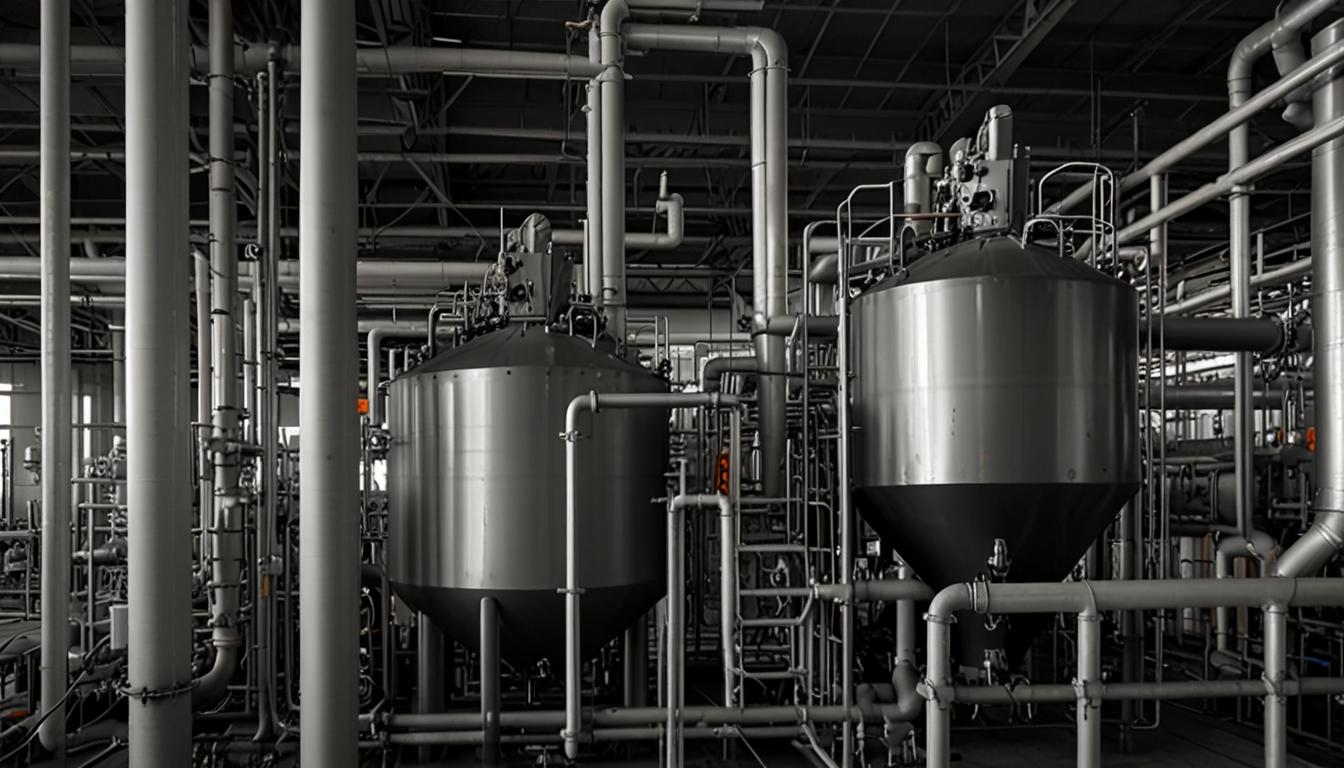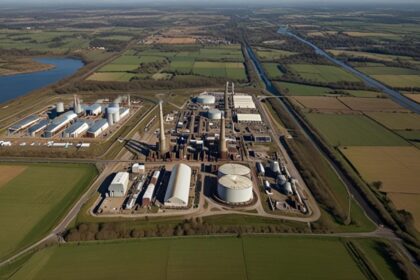Efforts in the United States to produce two million tons of clean ammonia signal a shift towards renewable energy, reducing carbon emissions and fostering economic development. With enhanced energy density and storage capabilities, clean ammonia emerges as a promising alternative to traditional fossil fuels.
The Rise of Clean Ammonia
Clean ammonia is emerging as a promising renewable energy source, potentially replacing traditional fossil fuels. In the United States, efforts are underway to produce two million tons of this green fuel, emphasizing sustainable production and environmental management.
Key Details and Benefits
Ammonia (NH3) has traditionally been synthesized using fossil fuels, contributing to greenhouse gas emissions. However, modern methods utilize renewable resources and carbon capture technologies to minimize pollution. Clean ammonia boasts higher energy density, enhancing its storage, transportation, and usage efficiency compared to hydrogen.
Existing ammonia storage infrastructure supports the integration of clean ammonia, making it a cost-effective and practical solution. The production goal of two million tons per year reflects a significant commitment to green energy, potentially creating jobs and fostering local economic development.
Environmental and Economic Implications
The shift towards clean ammonia aligns with America’s objective to reduce carbon emissions and combat climate change. This transition supports technological advancement and environmental sustainability, aiming for a cleaner energy future.
With its potential to address climate challenges, enhance energy efficiency, and integrate with carbon capture technology, clean ammonia represents a transformative force in the energy sector, solidifying America’s role in the evolving clean energy economy.













